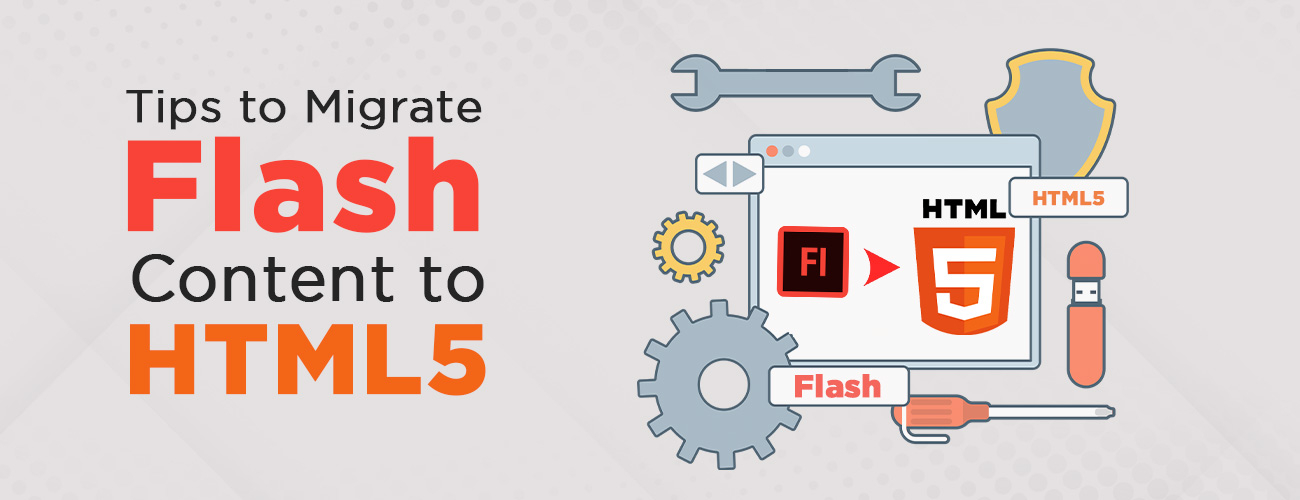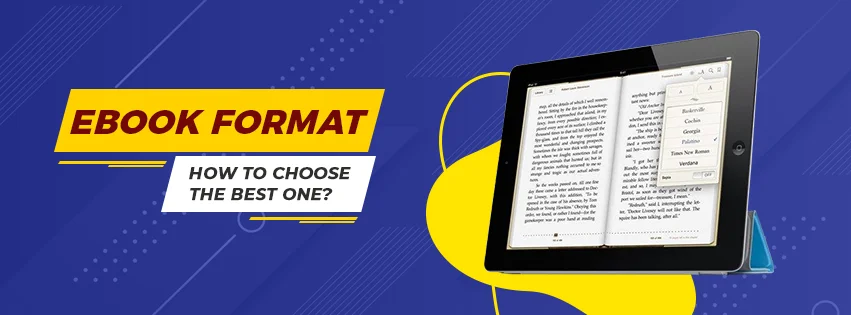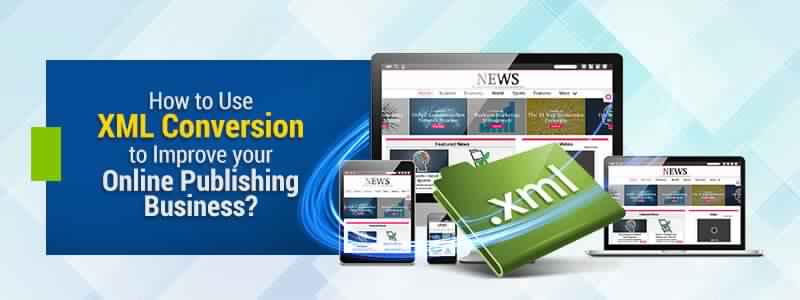The e-learning industry is now entering the next level of education with the help of technological innovations. The curriculum is getting more interactive and educative in terms of visualization which is portable and can be easily accessed on the go.
The technology that is creating this revolution is HTML5 that has been accompanying the change and making it seamless to learn. Read this blog till the end to learn the tips to efficiently migrate flash content to HTML5.

Today e-learning is largely occupied with mobile learning. With the increasing demand for mobile users, every learning aspect is made gadget-friendly today.
Though HTML is bringing newness to the eLearning, another major reason for this huge change is because of migrating flash content to HTML5.
The reason is simple: the increasing usage of mobile devices day by day where the latter is more dominant, hence the revolution!
Some of the most important aspects of converting Flash to HTML5 are:
- Ease of learning on mobile
- Provision of offline data storage
- Better content organization
- Multiple browser compatibilities
- Entertainment-friendly
Before we get on to the migrating flash to HTML5 tips, let us first discuss what are its importances at large.
Importance of Converting Flash Content to HTML5
Now, let’s move on to the tips part.
Tips to Migrate Flash to HTML5
#Tip 1- Important aspects to keep in mind
- Gadget-friendly support: No matter what device your learners prefer, make your course available to them.
- Compatible learning management system (LMS): LMS needs to be mobile-friendly. If you do not have a responsive LMS, you have to incur extra costs to convert and get it mobile-compatible.
- Security: Even though organizations offer very good flexibility to the learners by allowing them to learn on any device, security issues must also be considered.
#Tip 2- Analyze the migration initiation process
- Identify the need: First thing to do is to ask yourself if you have the complete clarity of the migration requirement. Also, check if you need a minor update or a complete redesign.
- Take a list of what you want to achieve: Along with delivering accessible courses to the learners, you also need to consider the overall user experience, performance regain, customer retention, etc.
- Get familiar with the pros and cons of the conversion: To effectively carry out the flash to HTML5 migration, you need to clearly understand the Pros and cons of both versions which will help you to recreate exceptional learning experiences for your learners.
#Tip3- Make the best action plan
- Define the approach for migration: Choose between “Adaptive” or “Responsive” plans. Adaptive refers to the learning approach adapted to desktops, laptops, and even tablets. With responsive designs, you can comply with smartphones too.
- Prepare a checklist of requisites: The checklist may include-
- You need to ensure that your LMS is compatible with HTML5.
- Create a master plan of courses and initiate flash to HTML migration based on the priority.
- Validate once again to ensure that all the assets are ready.
- Run Tests: Before going live, please run pilot tests to ensure that you get the desired results. To get the best out of it, take the feedback from the learners and improvise accordingly.
Tips Based on the use of Migration to Boost the Learning Experience
Let’s understand one thing – to convert flash to HTML 5 just technology upgrades won’t work, it’s far beyond that! It is best to stay ahead with the learning trends and serve the industry like no one.
Here are 7 key tips for you to make efficient use of Conversion
- Tip 1: Evaluate the learning effectiveness and enhance it accordingly
- Tip 2: Decide on reliable learning strategies
- Tip 3: Select learning approaches that go well with the mobile learning
- Tip 4: Use rich media formats
- Tip 5: Get used to personalized learning techniques
- Tip 6: Design efficient learning approaches
- Tip 7: Prepare and manage the learning assets for references
Conclusion
Businesses need to get hold of the transition from flash to HTML5 to ensure an exceptional learning experience for the customers. It might be a daunting task – but would be hassle-free if you outsource it to the best digital conversion services which you can trust.
Now, it is high time you must think of this transition journey, keeping in mind the crucial aspects that redefine the e-learning industry. What we have covered in this blog are ways to help you make the job effortless.
Additionally, here are some of the few key tips that we would like to share with you for flash to HTML5 conversion services.
Who are we?’
With expertise in converting the courses designed in Flash to HTML5, we have been serving the need for learning industries to serve the customers seamlessly.
Want FLASH TO HTML5 Conversion Solutions?



